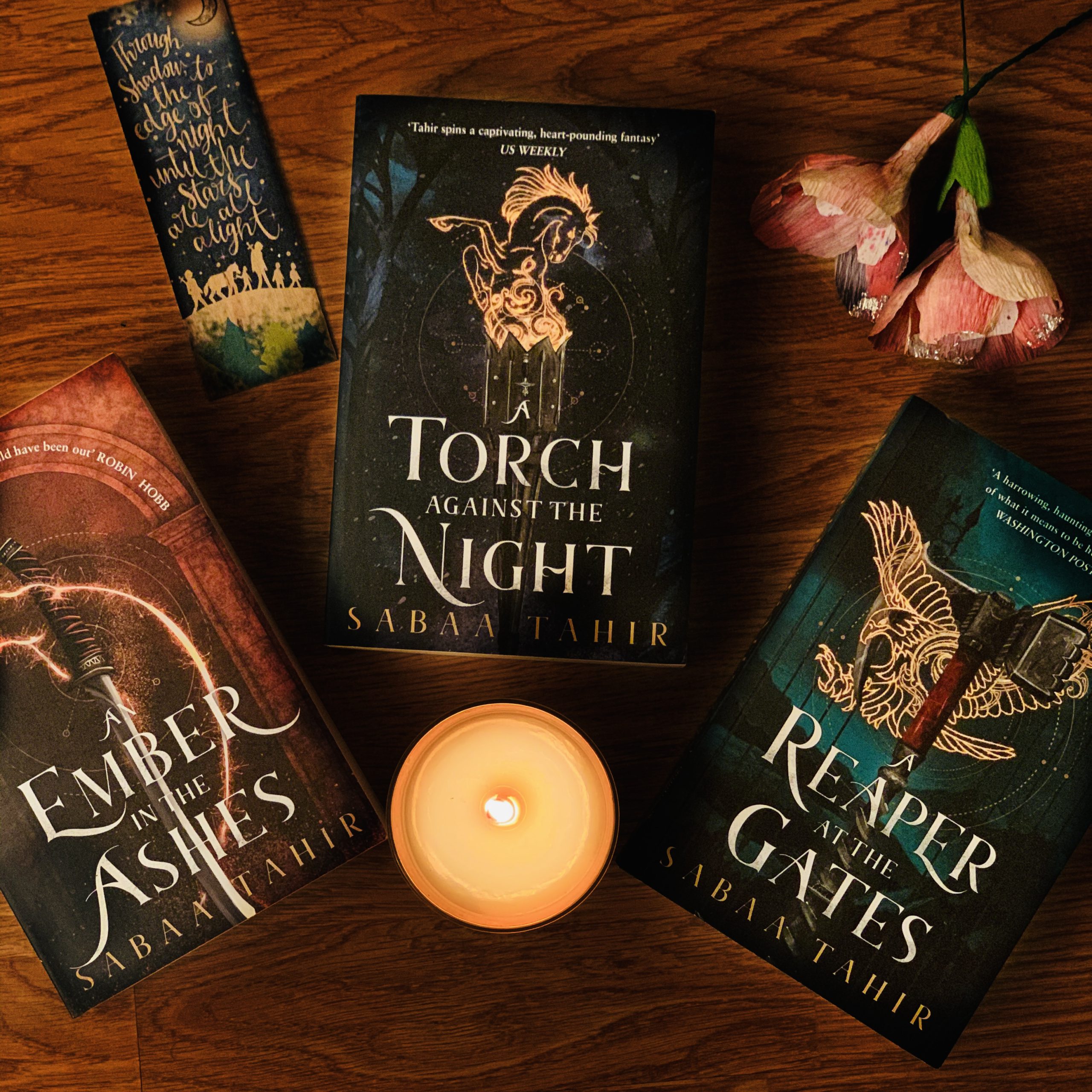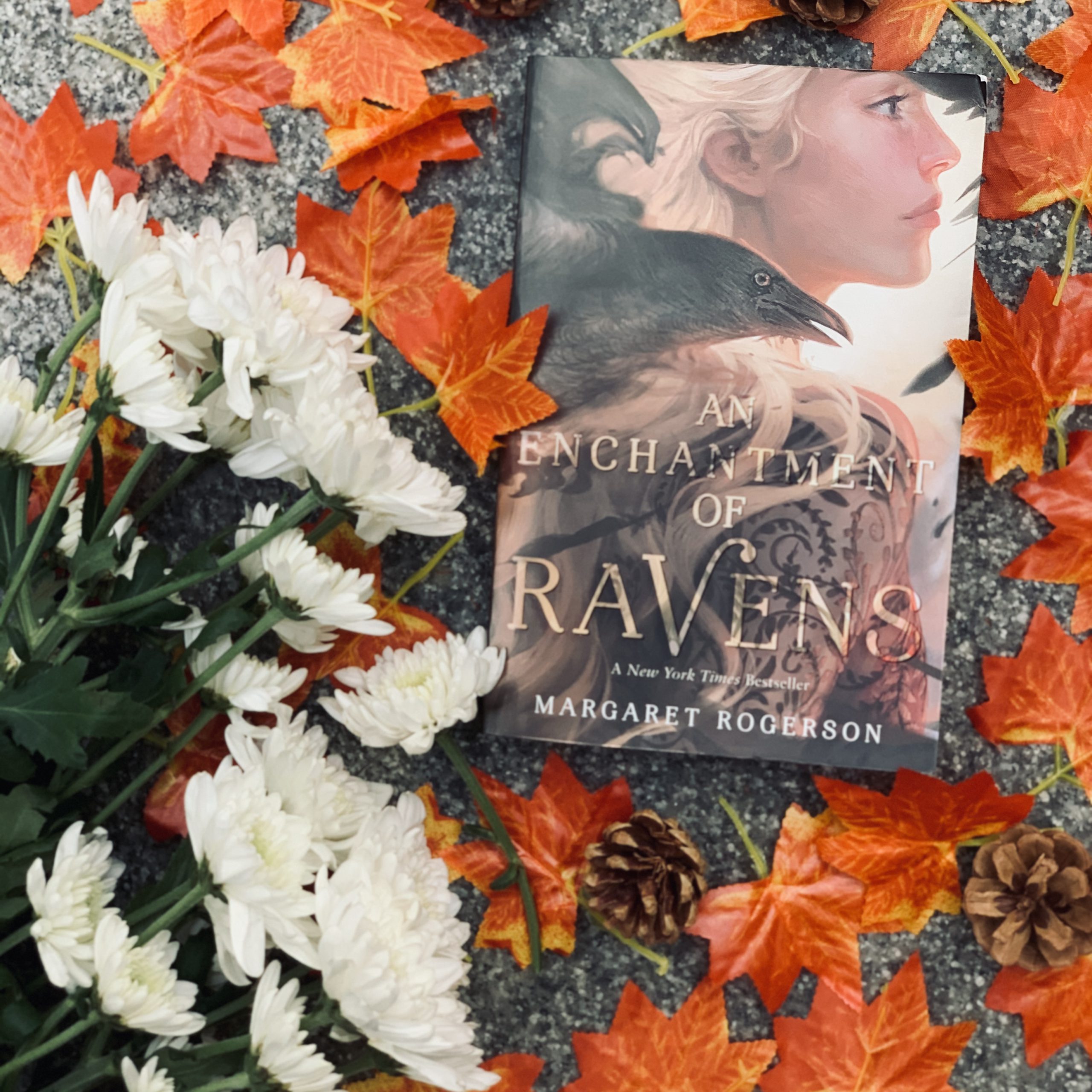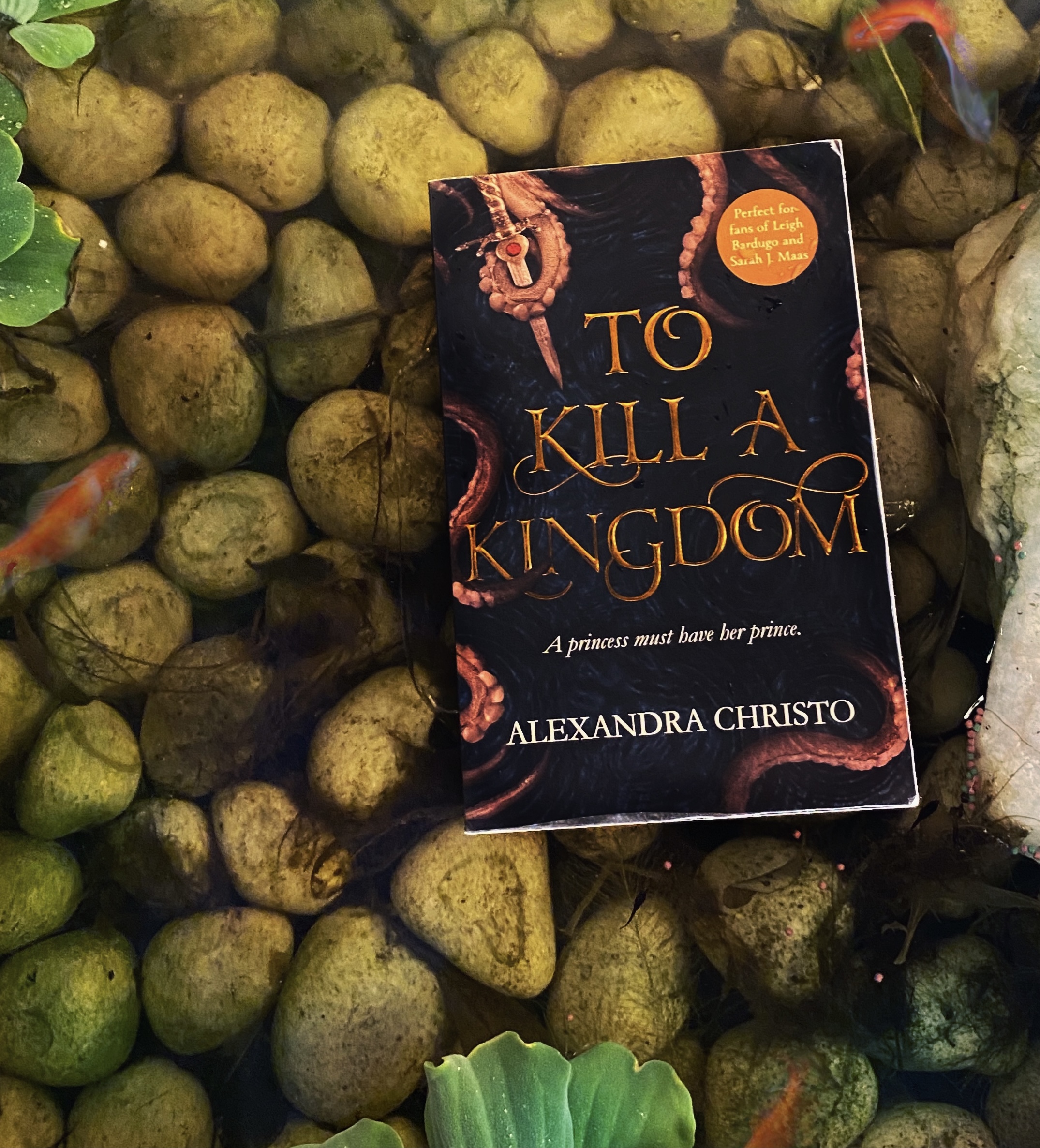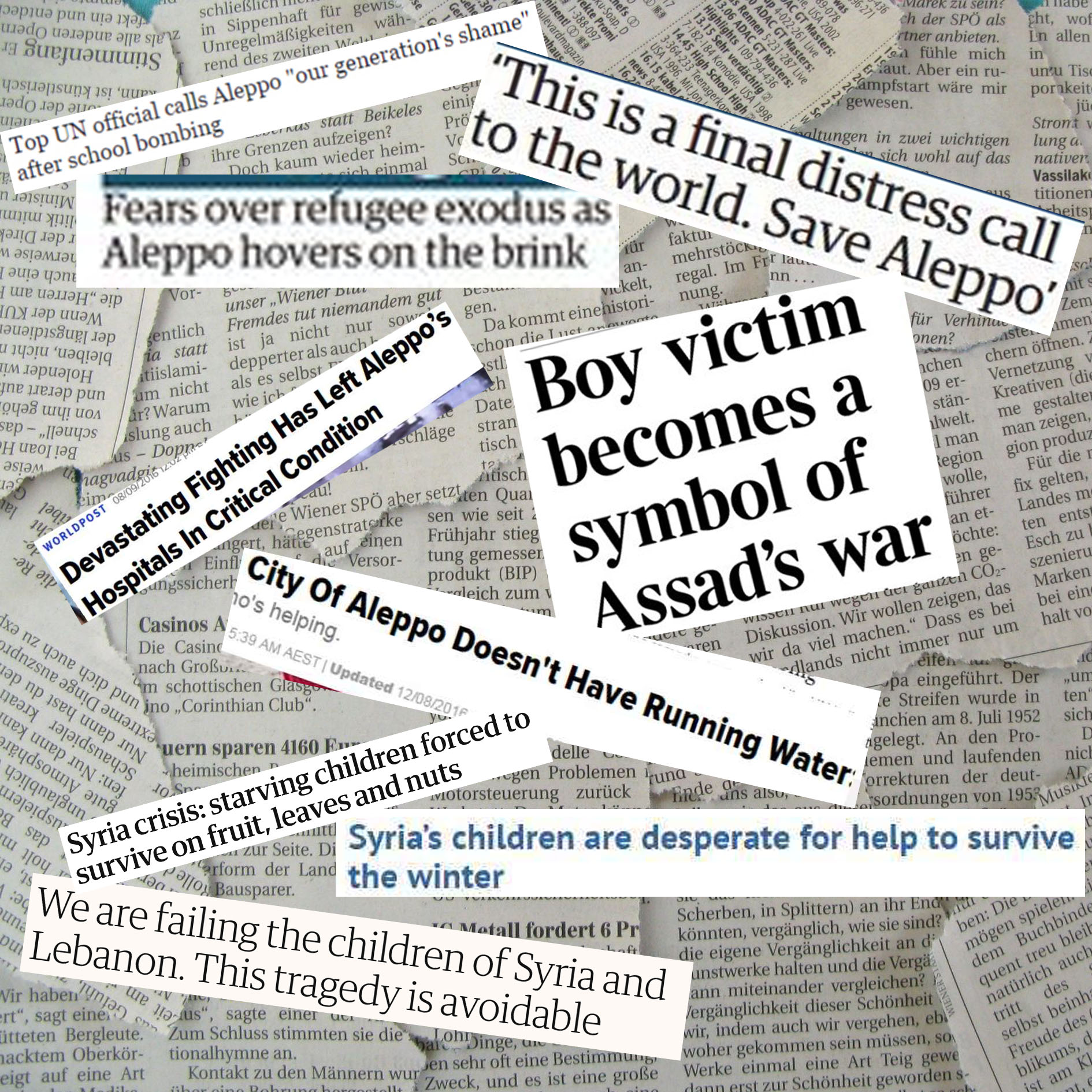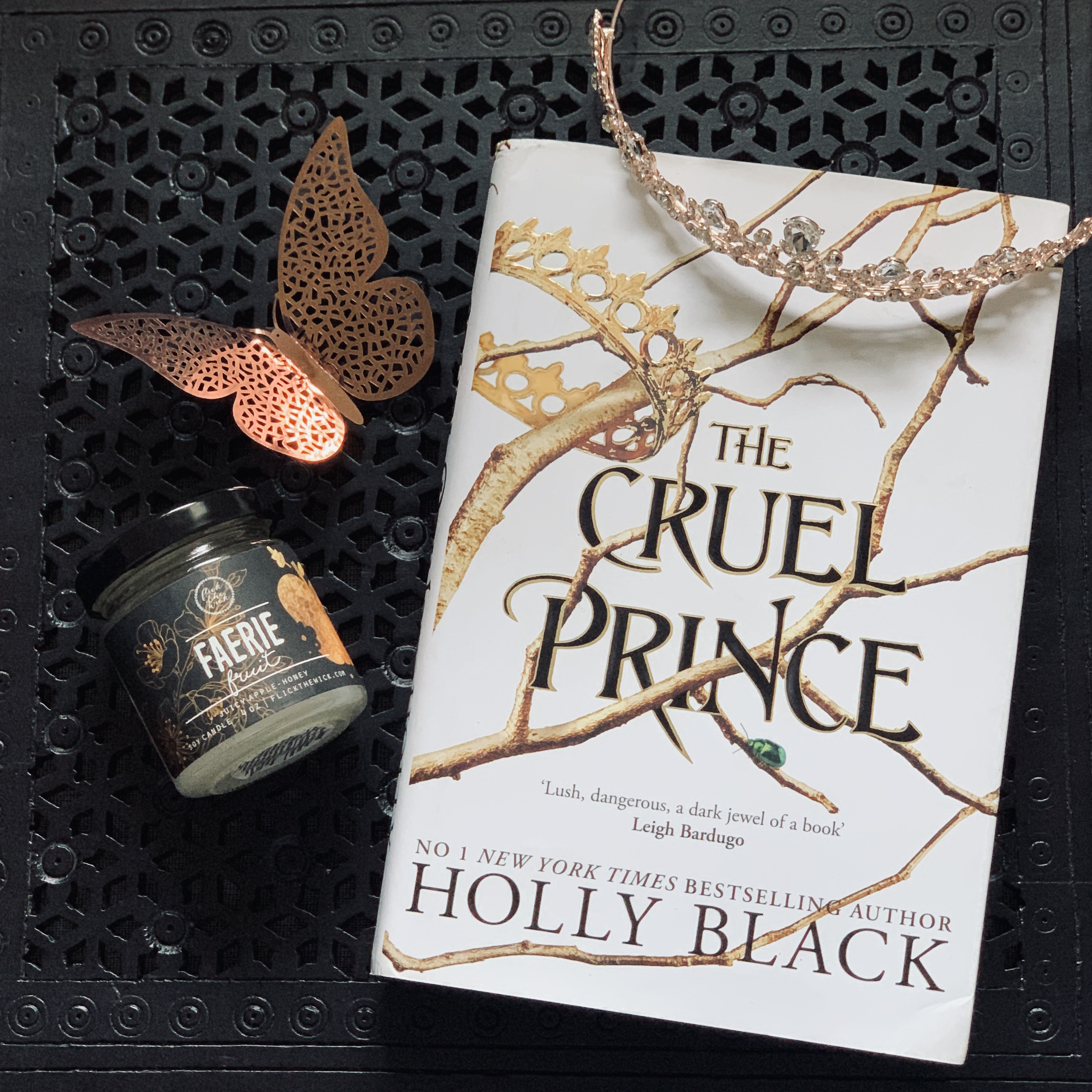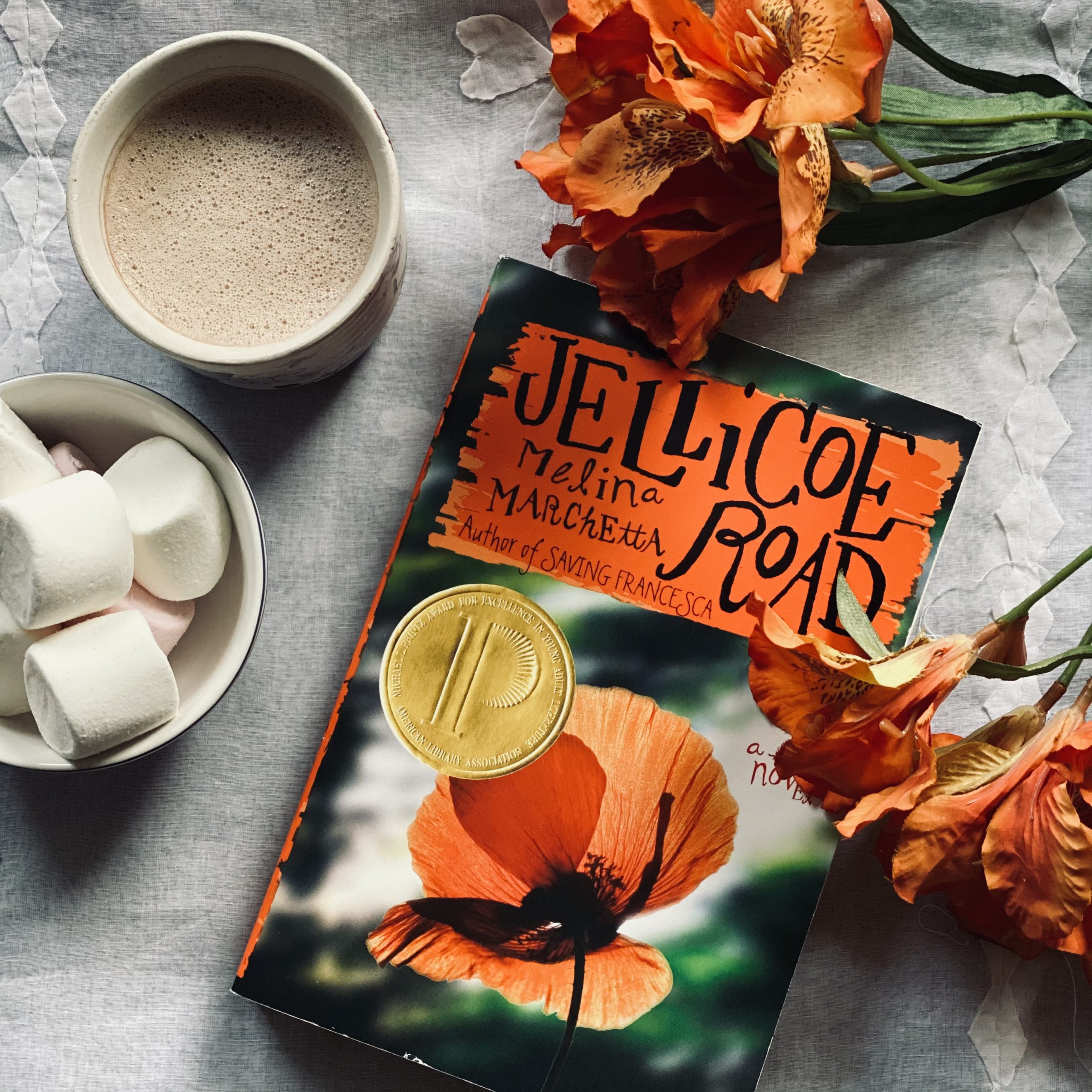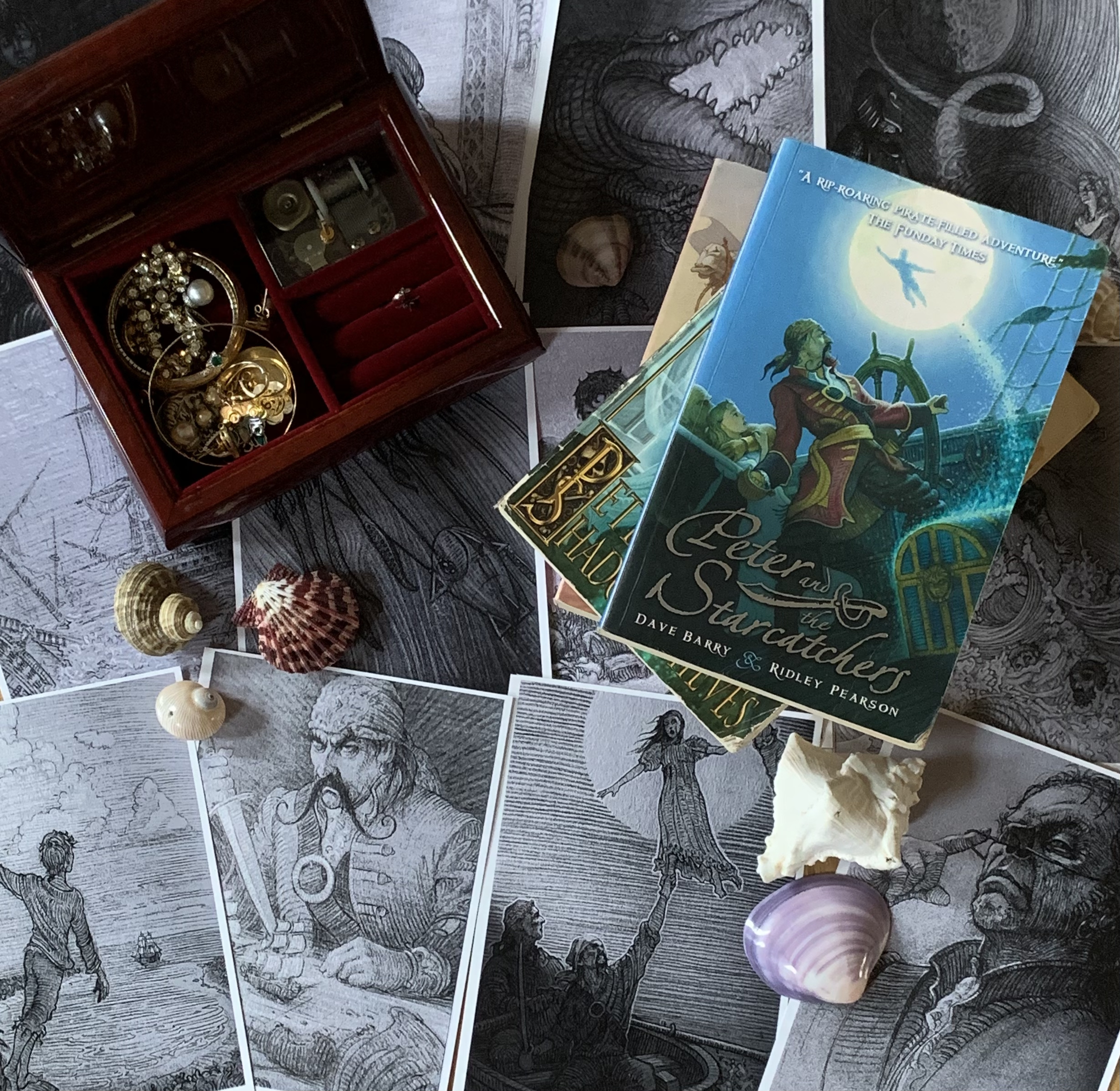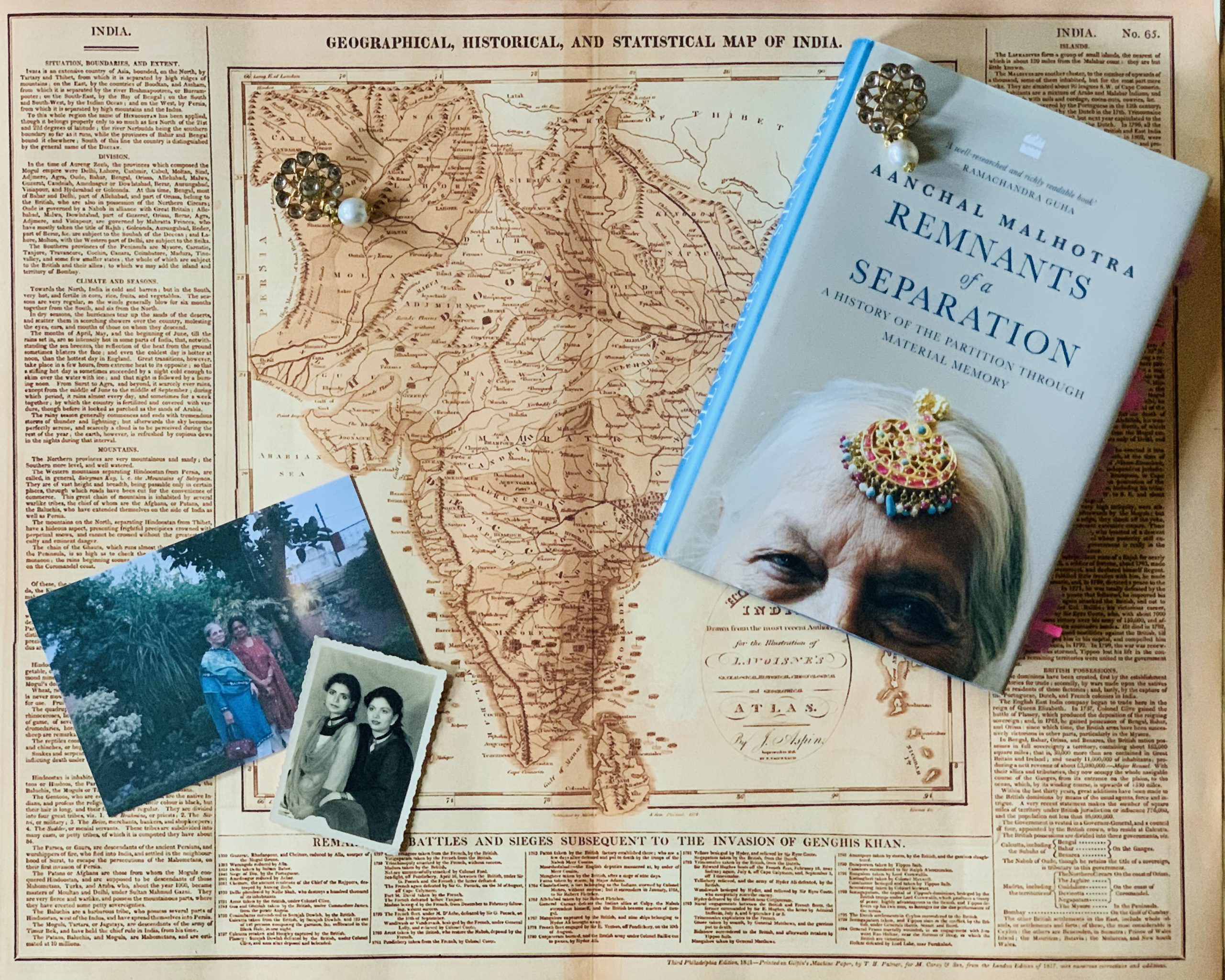Sabaa Tahir has officially destroyed me. Let me start by saying, that I’ve been waiting for A Reaper at the Gates for about a year, since I read Torch in May 2017. And I have now finished Reaper in three hours on my first ever solo girls trip in Europe on a train from the Matterhorn all the way to Zurich. And I have been destroyed.
An Ember in the Ashes follows the lives of three characters, Elias, Laia and Helene as they navigate the cruelties of the Empire they live in. It talks about suppression and rebellion and magic, it possesses all the things that make a book fantastic, romance, fleshed-out characters, compelling villains and heart-wrenching scenes. Every thread is tied together so perfectly. From the first book to the mind-blowing reveal at the end. This review will include spoilers for the first two books, proceed at your own risk.
I started out this series with lots of love in my heart for Elias. He’s perfect. He’s a specimen of what it means to be a man without having male toxicity in any form. That hasn’t changed. He remains the steadfast hero, selfless to the point of destruction and even then I have held hope in my heart that he will come out okay, because if Elias isn’t okay then I don’t know how I’ll survive this series. There’s a tiny love triangle in the beginning which led me to be annoyed whenever Helene was around. If anyone is a master of changing minds, it is Sabaa Tahir.
By the time Torch was done, I adored Helene. And now that I’ve finished Reaper, I can say with complete conviction that I am reading this series for her and her alone now. It’s funny because I don’t know how exactly Tahir writes, did she have the entire story planned out before she began the series, or is she going along with it as she writes, I’m unsure as to whether Helene was intended to be a protagonist. But she becomes one by the second book. And the best one at that. Helene’s chapters are by far the most gripping. They held my interest the most. She is the strongest character. The character who deserves happiness the most. I am reading the last book (waiting for it anxiously) for Helene’s happy ending. Helene is the ideal character, she feels so deeply in a world that encourages the suppression of any emotion and she is taught to find strength against those odds. And her romantic storyline had me swooning. I had every scene bookmarked on my Kindle and had post-its stuck in my hardcopy. I still love Elias, but my main priority in this series is now Helene, her survival and her happiness. If I come out with those intact I will be ecstatic.
One of the other compelling characters in this book is Harper. His love for Helene is silent and strong and steadfast. He is PERFECT. Every scene between them is a masterclass in foreplay and tension.
Reaper managed to meld magic and the political fantasy of the book seamlessly. In the earlier two books, one of those genres was explored more, but Reaper manages to meld together both beautifully. The entire book was just a work of art. My favourite so far in the entire series.
I think what hits me most is how hard The Ember Series hits home. The world is filled with so much sadness as we cull people after people, race after race, religion after religion. We reduce our tolerance as the years go by, and as fascism seems to come to rise again in every corner of the world, the series becomes more and more accurate. A reflection of the horrors of war and genocide and the unbearable nature of the loss they bring with them. So unfathomable, and yet we go on refusing to change. There is a small window of peace and then everything is shattered yet.
Sabaa writes loss so beautifully. It’s like a caress on the wind, but a grief so deep it burrows in you long after you have finished reading.
Curse this world for what it does to the mothers, for what it does to the daughters. Curse it for making us strong through loss and pain, our hearts torn from our chests again and again. Curse it for forcing us to endure.”
A REAPER AT THE GATES
I cannot wait for the last book. I must see the peace that comes after battles hard-fought. For Elias and his steadfast heart. For Helene, for her happiness. For the mothers who lose so much to battle. For the peace, I so desperately want in my own world.
Thank you for making this the toughest, longest wait of my life Sabaa…
UPDATE : Read my review of the final instalment in this series here!

